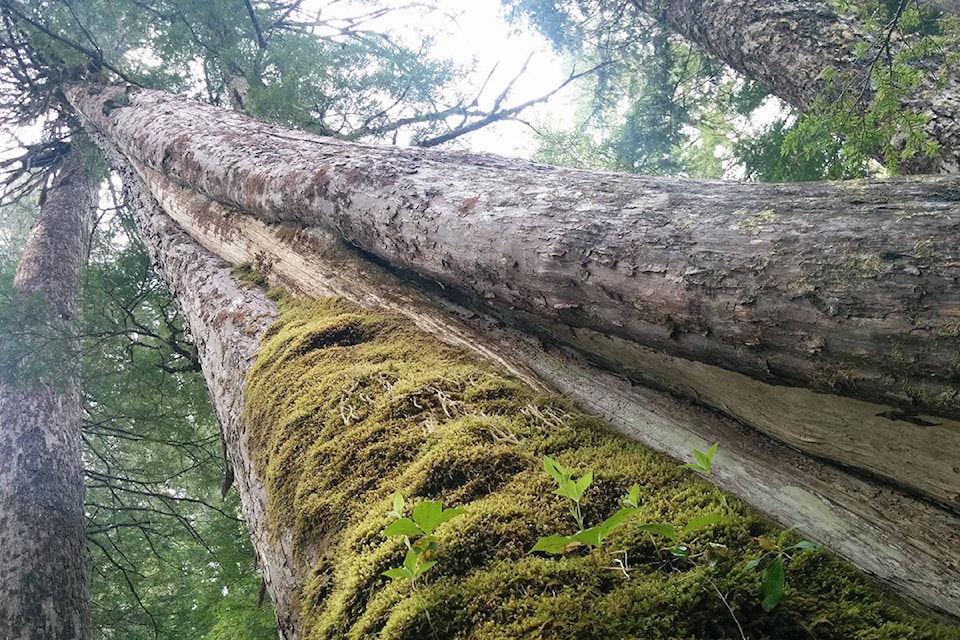While I support the government’s request to get public input into the management of old growth forests I think a more useful input would have been an examination of biodiversity on our managed forests.
The following introduction from the 1995 biodiversity guidebook describes the basic concept.
“As natural ecosystems become increasingly modified by human activities , natural patterns of biodiversity increasingly altered and at risk of losing native species increases. The greatest degree of disruption occurs from extreme habitat modifications such as urbanization and agriculture .
“Parks and protected areas on the other hand , if appropriately managed , maintained close to natural levels of biodiversity , managed forest stands fall between those two extremes , and can support varying levels of natural biodiversity , depending on the management practices.
“More natural levels of biodiversity will be maintained in managed forest if those are managed to mimic important characteristics on natural forest conditions. “
After reviewing some Timber Supply Analysis (TSA) documents, I think it would be wise to include more than old growth in the recent request for public input.
In many TSAs Old Growth may be only one of more than a dozen reserves in order to arrive at what is available for timber harvesting i.e. the timber harvest land base ( THLB).
For example, in the Williams Lake TSA discussion paper of January 2014 “Table One” there are 14 categories(set asides or reserves) that account for 43 percent removed from the crown forest land base which leaves 57 per cent for the THLB.
The first seven reserves account for 39 percent of the total of 43 percent reductions.
The seven no-harvest areas include the following: ( from the highest of 12 percent to the lowest of 2 percent). Low productive stands, parks, old growth, caribou no harvest, riparian (streams and lake edges), deciduous and special areas.
The remaining seven no-harvest areas (four per cent ) in order of largest to smallest include the following: wildlife tree patches, unstable terrain, trail buffers, steep slopes, critical fish habitat, wild life habitat and non commercial brush.
Besides these reductions listed there are other restrictions to harvest that come in the form of partial restrictions like critical mule deer winter range and visually sensitive areas.
Most of these no harvest areas will have some old growth attributes and certainly contribute to a greater biodiversity if there are largely left undisturbed.
In some cases no disturbance may lead to a loss of attributes like overly dense understory of some Douglas fir stands which are more fire prone and lose the open park like features that resulted from controlled burns conducted by the first nations.
Achieving biodiversity in our forest ecosystems will require establishing some reserves but we must also identify the attributes that they represent.
For example a light thinning or controlled burn may be necessary to reduce wild fire potential and promote the right attributes of a vigorous and productive ecosystem.
While the economics of harvesting and marketing of the smaller understory trees is not as good as from larger trees there is a growing demand because larger trees have been lost to beetles and wild fires.
I hear there are meetings taking place now between government and a variety of groups that are looking at alternatives to managing our forests for achieving the attributes of a healthy and productive forest.
I look forward to the outcomes of these discussions and hope to pass on the information in future articles.
Jim Hilton is a professional agrologist and forester who has lived and worked in the Cariboo Chilcotin for the past 40 years. Now retired, Hilton still volunteers his skills with local community forests organizations.
